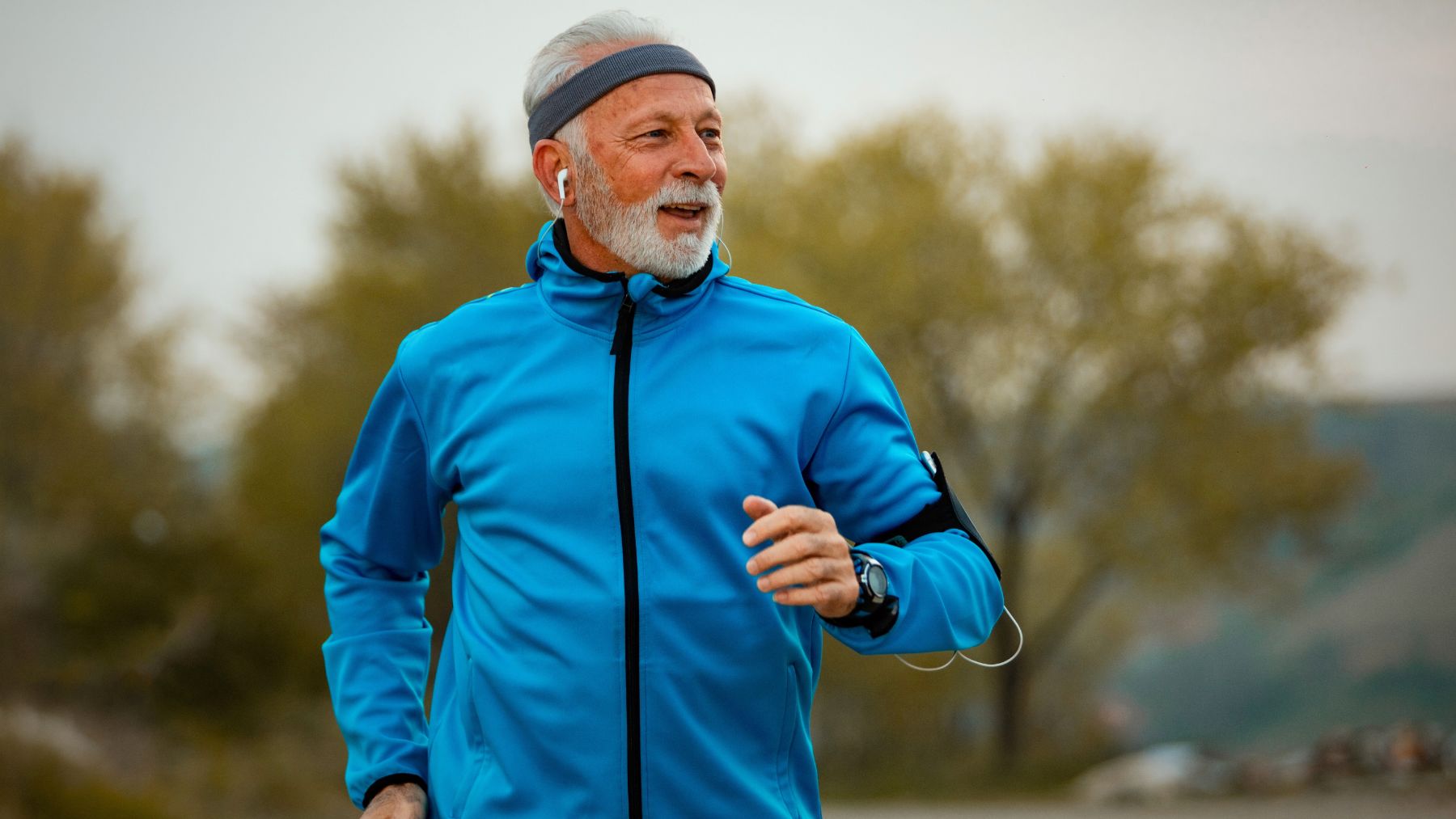Seniors are always looking for safe ways to exercise. As we age, our bodies change, and what worked in our younger years might not be the best choice now. Some challenging workouts can do more harm than good if it isn’t age-appropriate. Equally important to staying active is to choose exercises that match our body’s capabilities and limitations.
Personal trainers and experts now warn us that one popular exercise might be too risky for retirees over 60. Here we’ll explore why this exercise may be harmful and what safer alternatives you can try instead. Let’s get started.
An exercise that comes with risks for seniors
Although long-distance running has its fans, it’s not the best fit for retirees. The repetitive pounding and impact from running long distances can put extra strain on your knees, hips, and ankles. This increases the risk of injuries, falls, and even joint deterioration.
For many seniors, the heart and cardiovascular system require gentle care. Long-distance running pushes the body hard and may lead to overexertion or heart complications, especially if you have pre-existing conditions.
Recent research has shown that high-impact activities like long-distance running can increase the likelihood of fractures and muscle strains in older adults. Instead of building strength and balance, it may leave you feeling more worn out and prone to injury.
Experts advise that before trying any high-intensity workout, seniors consult their doctor. Your body might be ready for some exercise, but not necessarily one that forces it into overdrive. It’s time to rethink your workout routine and choose safer, more senior-friendly activities.
The alternatives: More senior-friendly exercises
There are plenty of ways to stay active that are gentler on your body. Here are some great alternatives:
- Chair yoga: A low-impact way to boost flexibility and balance. It uses a chair for support, reducing strain on muscles and joints.
- Cycling: A smooth cardiovascular workout that’s gentle on your knees and hips, and you can adjust the intensity as needed.
- Pilates: With controlled movements focused on core strength and stability and gentle stretches, it improves posture and balance.
- Strength training: Simple exercises using dumbbells, resistance bands, or even body weight help maintain muscle mass and bone density.
- Swimming and water aerobics: The buoyancy of water supports your body and takes pressure off your joints. These exercises provide a full-body workout and are especially good for those with arthritis or joint pain.
- Tai chi: This ancient practice involves slow movements that enhance balance and reduce the risk of falls. It also helps calm the mind and relieve stress.
- Walking: It’s one of the simplest ways to stay active and it can be done anywhere. It keeps you moving without putting too much stress on your body.
By swapping long-distance running for these low-impact activities, you can enjoy the benefits of exercise without the extra risk. Each option is designed to help you build strength and confidence while keeping your body safe. Which one do you want to try first?

